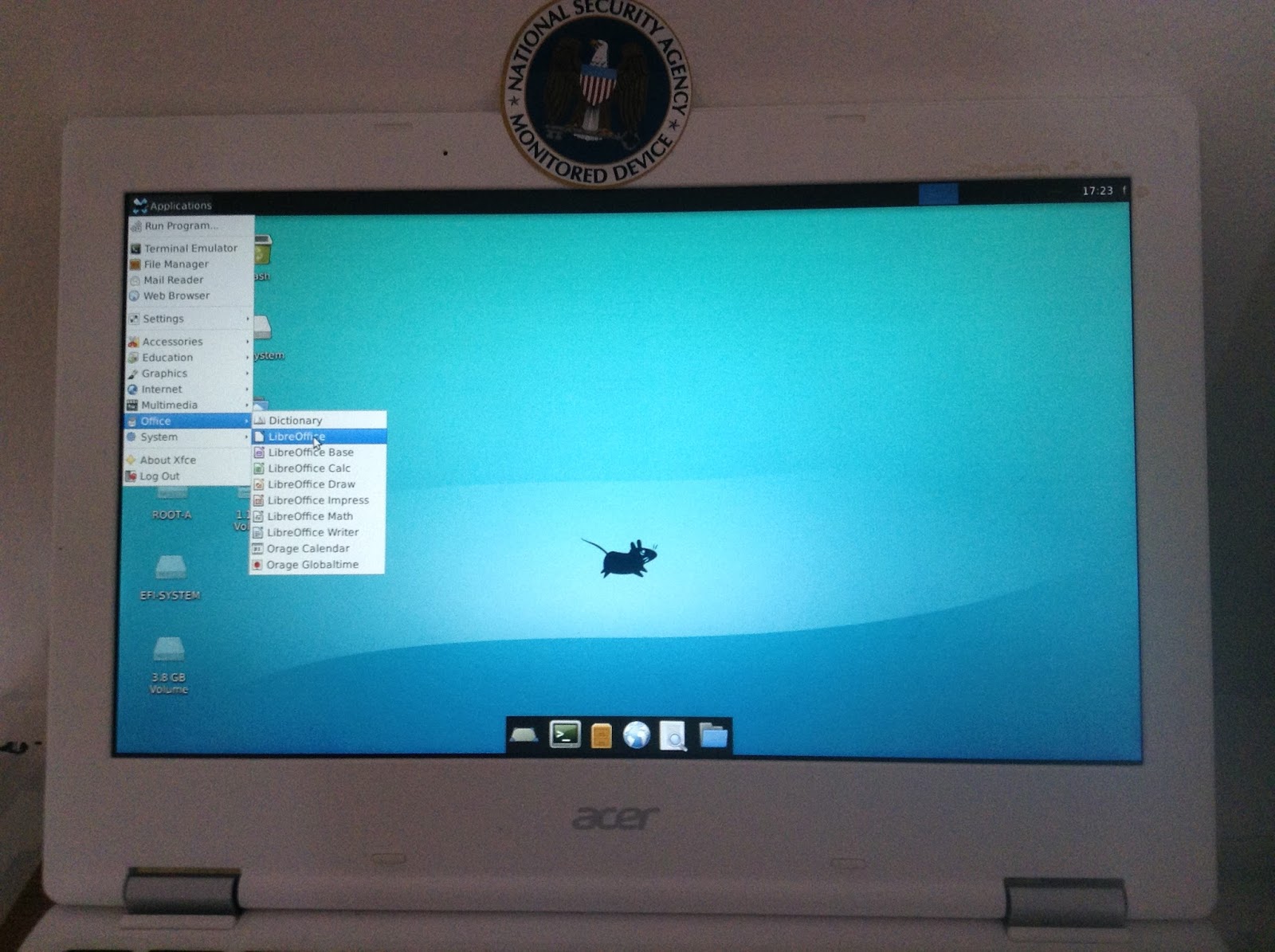

Going into developer mode and opening a terminal gets a console in ChromeOS. I understand the value of chroot to move active system pointers, but …

So I am asking for help in clarifying this approach you offer. I am considering this approach to add Ubuntu to my Chromebox connected to my TV.īefore starting, I am trying to get my head around what is actually occurring. SEE ALSO: How to Get Play Store On Chromebook Via Developer Channel So, if you’re wondering if it’s worth the effort, it kind of is. Overall, though, the experience is very smooth, and everything works as one would expect. However, at least the latter can be fixed by adjusting the screen resolution for Linux. The only problem I noticed with LXDE, is the fact that if you own a touch enabled Chromebook, like the Asus Chromebook Flip, the touch doesn’t work very predictably in LXDE, and the UI is a tad too small. However, since the XFCE, and Unity Desktop Environments aren’t working, as yet, you’re stuck with using LXDE – a Desktop Environment not many people like. You should be able to switch between Linux, and Chrome OS, on the fly, by using Ctrl + Alt + Shift + Forward, and Ctrl + Alt + Shift + Back (on ARM Chromebooks), and Ctrl + Alt + Forward, and Ctrl + Alt + Back, followed by Ctrl + Alt + Refresh ( on Intel Chromebooks), but unfortunately, that didn’t work for me on LXDE on my Asus Chromebook Flip.


 0 kommentar(er)
0 kommentar(er)
